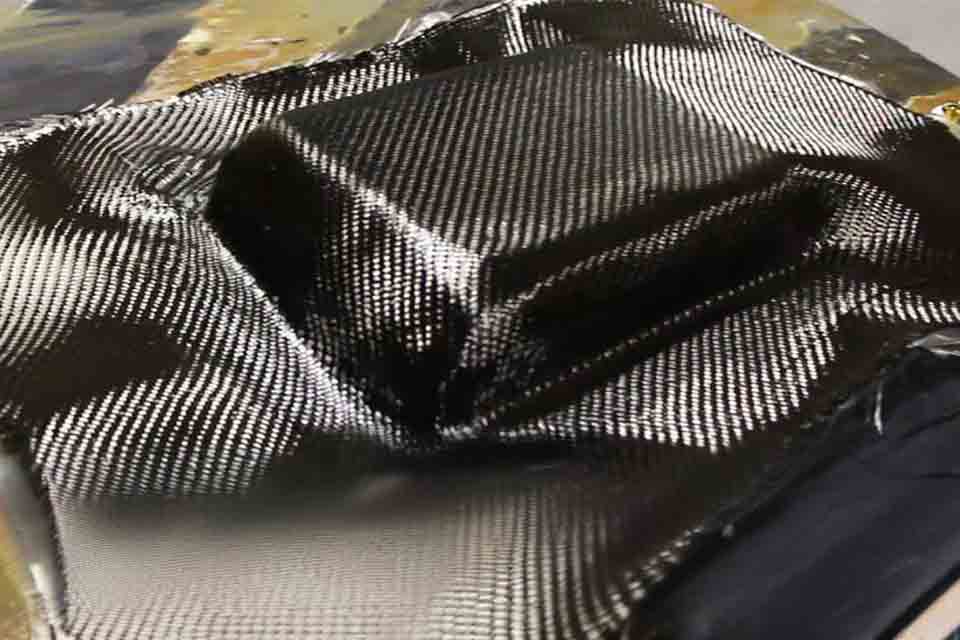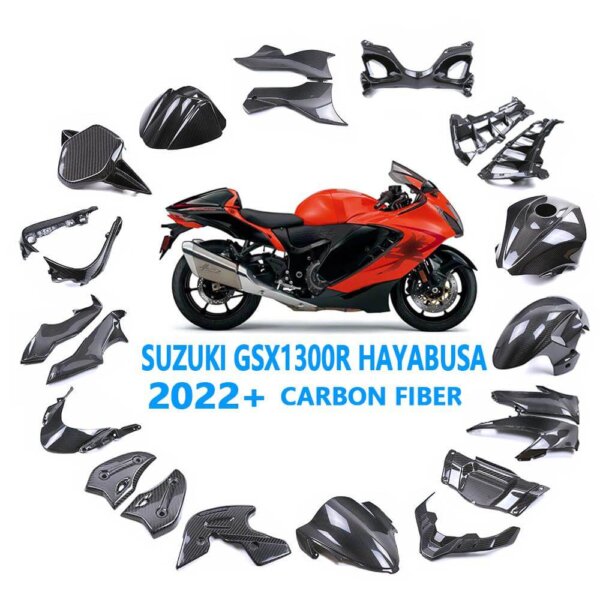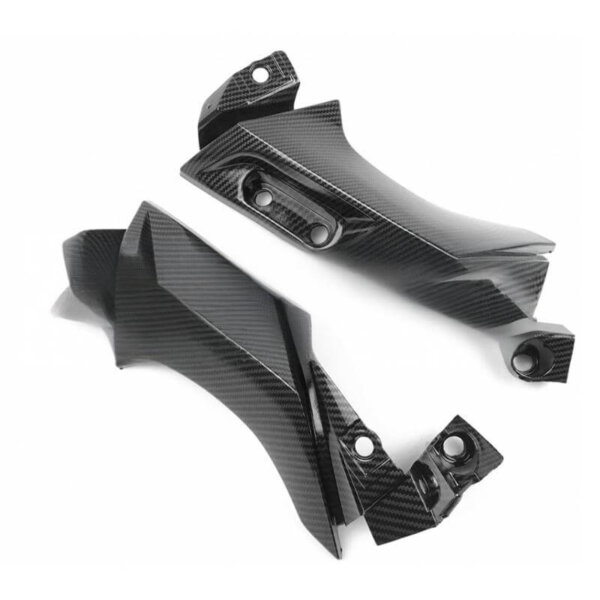Sådan laver du kulfiber: 10 trin enkel vejledning
Hvad er kulfiber?
Kulfiber er et stærkt og let materiale. Det er lavet af tynde kulstoftråde. Disse tråde er endda tyndere end et menneskehår! Kulfiber (staves også på denne måde) bruges til at lave biler, cykler, fly og sportsudstyr.
"Kulfiber er fem gange så stærkt som stål, men vejer meget mindre. Det gør det perfekt til ting, der både skal være stærke og lette." - Teknisk ekspert
Hvorfor bruge kulfiber?
Kulfiber har mange gode pointer:
- Den er meget stærk
- Den er meget let
- Den ruster ikke
- Den kan formes på mange måder
- Det ser fedt ud
Det er derfor, mange mennesker lave kulfiber dele til biler, cykler og andre ting.
Hvad du skal bruge for at lave kulfiber
At arbejde med kulfiberhar du brug for disse værktøjer og materialer:
| Værktøjer | Materialer |
|---|---|
| Saks | Stof af kulfiber |
| Handsker | Epoxyharpiks |
| Blandebægre | Frigør voks |
| Blandestænger | Skimmelsvamp |
| Børste | Plastplade |
| Klemme | Sandpapir |
Grundlæggende trin til at lave kulfiberdele
1. Planlæg dit projekt
Før du begynder med kulfiberskal du vide, hvad du vil lave. Begynd med noget enkelt former. Store eller hårde former kan være tidskrævende.
2. Lav eller få en form
De skimmelsvamp er det, der giver din kulfiber dele deres form. Det kan du også:
- Køb en færdiglavet skimmelsvamp
- Lav en af træ
- Brug en gammel del som din skimmelsvamp
Sætte Frigørelsesvoks på din skimmelsvamp så den kulfiber vil ikke holde sig til det.
3. Skær kulfiberstoffet ud
Stof af kulfiber kommer i ark med forskellige væve typer. Den mest almindelige er en twill Mønster. Klip stoffet til, så det passer til din skimmelsvamp plus lidt mere rundt i kanterne.
4. Bland harpiksen
Epoxyharpiks er det, der gør kulfiber hård og stærk. De fleste harpiks kommer som en todelt mix:
- Hæld del A og del B i en kop
- Bland godt, men ikke for hurtigt (for at undgå luftbobler)
- Brug den snart, da den vil begynde at blive hård.
Vær på den sikre side! Brug handsker, når du arbejder med harpiks.

5. Gør kulfiberen våd
Nu kommer våd oplægning trin:
- Sæt din carbon stof på en flad plet
- Brug en børste til at våd stoffet med harpiks
- Sørg for, at alle kulfiber bliver våd
- Brug ikke for meget harpiks - lige nok til at våd alle de fiber
6. Placer på formen
Sæt våd kulfiber på din skimmelsvamp:
- Start fra den ene ende, og glat den ned
- Skub enhver luftbobler
- Tilføj flere lag, hvis du har brug for en stærkere del
- Hvert nyt lag er en del af layup
7. Fjern ekstra harpiks
For meget harpiks gør din del tung og ikke så stærk. Brug et plastikværktøj til at skubbe ud ekstra harpiks.
8. Påfør tryk
Du er nødt til at komprimere de kulfiber når det tørrer:
- Brug en vakuumpose metode
- Eller brug Klemme og flade plader
- Eller prøv vakuum infusion til store dele
9. Lad det helbrede
Nu venter du på, at harpiks til helbrede:
- Tjek din harpiks boks til helbrede tid
- De fleste tager 24 timer ved stuetemperatur
- Hold delen stille, mens den kurerer
- Nogle mennesker bruger varme og tryk til helbrede hurtigere
10. Fjern fra formen
Efter harpiks er helt hård:
- Fjern eventuel indpakning eller poser
- Træk forsigtigt i færdig del fra skimmelsvamp
- Trim de ru kanter
- Slib de steder, der skal være glatte
Typer af kulfiber
Ikke alle kulfiber er den samme. Her er de vigtigste typer:
- PAN (fremstillet af polyacrylonitril)
- Pitch (fremstillet af olie)
- Rayon (mindre almindeligt nu)
De fleste hjemmebrugere arbejder med PAN-baserede kulfiber.
Forskellige måder at lave kulfiberdele på
Der er et par hovedmåder at arbejde med kulfiber. Her er de, fra enkle til svære:
Våd oplægning
Det er det, vi lige har gennemgået. Det er den mest almindelige måde for hjemmebrugere at lave kulfiberdele.

Pre-preg metode
Pre-preg eller præimprægneret kulfiber kommer med harpiks der allerede er i den. Det har den brug for:
- Forbliver kold, indtil du bruger den
- Bliv opvarmet til helbrede
- Har ofte brug for en autoklave (en stor varm ovn)
Det er sådan, mange pro kulfiberforstærket dele er lavet.
Vakuum-infusion
Med denne metode:
- Den tørre kulfiberstof er sat på skimmelsvamp
- Den er forseglet i en pose
- Luften suges ud
- Harpiks er trukket ind til indgyde alle de fiber
Det er godt til store dele og kan give meget stærke resultater.
Fremstilling af ægte kulfiber fra bunden
Ovenstående trin viser, hvordan man arbejder med kulfiberstof der allerede er lavet. Men hvordan gør kulfiber selv blive lavet? Her er den fremstilling af kulfiber proces:
- Start med en polymer ligesom polyacrylonitril
- Træk det i tynde skiver Filament strenge
- Opvarm disse strenge ved høj varme uden luft
- Dette forvandler strengene til kulstof
- De kulfiber starter ud som single Strand fibre
- Disse er vævet ind i et stof
Det er nødvendigt specialiseret udstyr og sker på fabrikker.
Sikkerhedstips, når du arbejder med kulfiber
Arbejde med kulfiber kan være sjovt, men du skal være sikker:
- Brug handsker, når du rører ved harpiks
- Brug en maske for at undgå indånding kulfiberstøv
- Arbejd i et rum med god luftgennemstrømning
- Hold mad væk fra dit arbejdsområde
- Tør spild op med det samme
Projekter at prøve
Hvis du gerne vil Lær at lave kulstof dele, start i det små:
- En simpel flad plade
- Et etui til telefonen
- En lille kasse
- En cykeldel
Efterhånden som du bliver bedre, kan du lave mere komplekse kulfiber dele.
Almindelige fejl at undgå
Mange mennesker begår disse fejl:
- Bruger for meget harpiks
- Får ikke alle luftbobler ud
- At have travlt under helbrede tid
- At lave en del for tynd og svag
- At prøve en for kompleks form til dit niveau
Hvordan kulfiber sammenlignes med andre materialer
Hvordan gør kulfiber op mod andre Tekniske materialer?
| Ejendom | Kulfiber | Aluminium | Stål | Plast |
|---|---|---|---|---|
| Vægt | Meget let | Lys | Tung | Lys |
| Trækstyrke | Meget høj | Medium | Høj | Lav |
| Komprimerende styrke | Medium | Medium | Høj | Lav |
| Bøjning styrke | Høj | Medium | Medium | Lav |
| Modulus | Høj | Medium | Høj | Lav |
| Koste | Høj | Medium | Lav | Meget lav |
Hvor kulfiber bruges
Kulfiber bruges mange steder, hvor en Letvægtsmateriale er nødvendig:
- Rumfart Dele til fly
- Automotive Racerdele
- Sportsartikler som tennisketchere og golfkøller
- Cykler og cykeldele
- Medicinsk udstyr
- Musikudstyr
Avancerede kulfibermetoder
Hvis du virkelig går op i fremstilling af kulfiberkan du prøve:
- Brug af en CNC til at lave præcise forme
- Fremstilling høj ydeevne dele med særlige oplægningsmønstre
- Tilføjelse af andre materialer for at lave Kompositmaterialer
- Brug af forskellige typer harpiks ligesom Polyesterharpiks eller termohærdende typer
Afsluttende tanker
At lave ting med kulfiber kan være sjovt og givende. Start simpelt, vær tålmodig, og snart vil du lave fantastiske kulfiber dele!
De Delens kompleksitet afgør, hvor svær den er at lave. Med lidt øvelse kan du lave omkostningseffektiv og køligt færdigt produkt ting, der både er stærke og lette.
Vil du vide mere? Besøg vores brugerdefineret komposit side eller se vores guide til hvordan man laver en kulfiberform.
Er du klar til at starte? Få forsyninger fra vores kulstoffabrik eller få mere at vide om Lav dine egne kulfiberdele.
Ring til os/Whatsapp: +86 13626191009
E-mail: [email protected]




